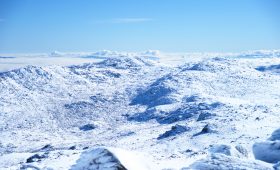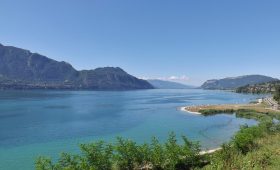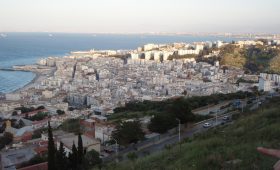Joya de Cerén: A Glimpse into Ancient Maya Life
History and Significance
Joya de Cerén, located in El Salvador, not Guatemala, offers a rare snapshot of Maya life from the 7th century. Discovered in 1976, this site was preserved under five meters of volcanic ash from the eruption of the Caldera Lagoon. Often called the “Pompeii of the Americas,” it provides unparalleled insights into the daily life of a Maya farming village. In 1993, UNESCO recognized its significance by designating it a World Heritage Site.
Exploring Joya de Cerén
Walking through Joya de Cerén is like stepping into a time capsule. The site is divided into various sections that reveal different facets of Maya life, from domestic spaces to agricultural practices.
Residential Areas
The residential structures are simple yet functional, featuring thatched roofs and earthen walls. These homes were built to endure the tropical climate. Inside, you can find remnants of daily life, such as storage jars and grinding stones. These artifacts offer a tangible connection to the past, showing how some aspects of life have remained unchanged over centuries.
Agricultural Fields
Agriculture was central to the Maya way of life, and Joya de Cerén showcases their advanced farming techniques. The site includes well-preserved fields with irrigation canals and terraced plots. Evidence of crops like maize, beans, squash, and cacao highlights the Maya’s sustainable farming practices.
Community Structures
While there isn’t a grand temple complex like those found in larger Maya cities, Joya de Cerén does have communal structures that hint at the spiritual and social activities of its inhabitants. These spaces were likely used for gatherings and rituals, offering insights into the community’s cultural and religious life.
Best Time to Visit
The ideal time to visit Joya de Cerén is during the dry season, from November to April. The weather is more predictable, with mild temperatures and little rain, making it easier to explore the site comfortably.
How to Get There
Joya de Cerén is conveniently located in the department of La Libertad, about 30 kilometers west of San Salvador, El Salvador’s capital. The journey takes roughly an hour by taxi or private car, depending on traffic.
Local Transportation
Once at the site, you’ll explore on foot. The park is well-marked with informative signs, but be prepared for uneven paths. Wear comfortable shoes and bring essentials like a hat, sunscreen, and water, especially during warmer months.
Summary of Facts
- Joya de Cerén is an archaeological site in El Salvador, not Guatemala.
- It was a Maya farming village preserved by volcanic ash from the Caldera Lagoon eruption.
- UNESCO declared it a World Heritage Site in 1993.
- The site offers insights into Maya daily life, agriculture, and community structures.
- The best time to visit is during the dry season, from November to April.
- Located 30 kilometers west of San Salvador, it is accessible by taxi or private car.
- Exploration within the site is done on foot.




